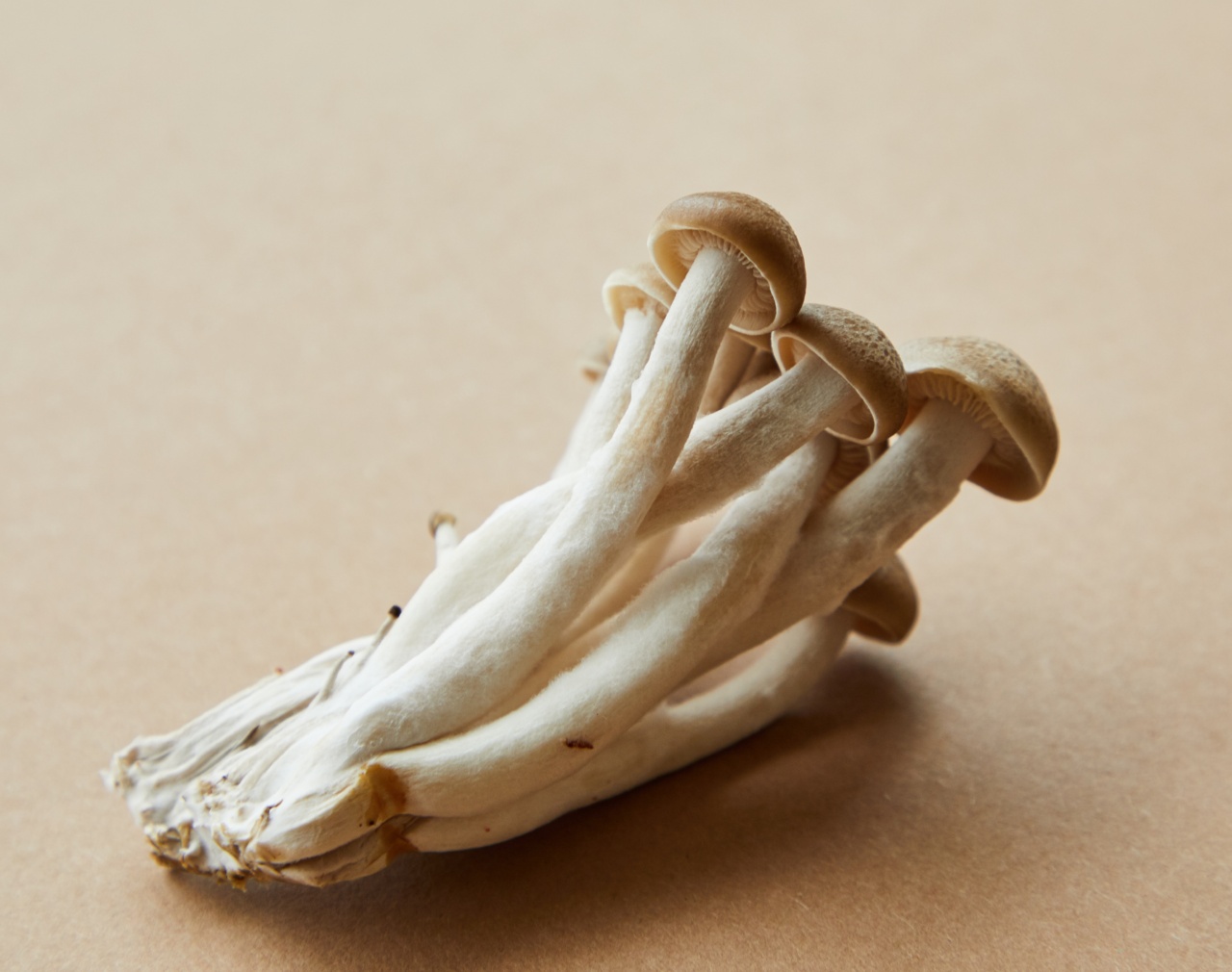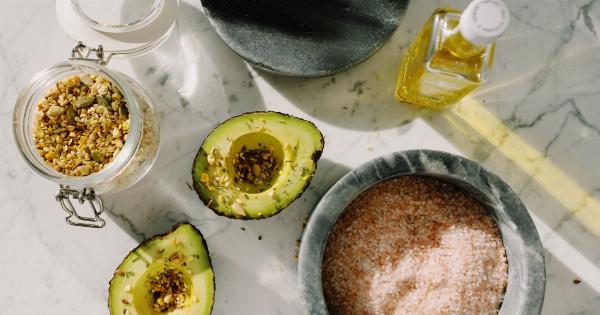Welcome to a world of delicious flavors and wholesome ingredients that can significantly lower your cholesterol levels. In this article, we will explore an amazing vegetarian recipe that not only satisfies your taste buds but also promotes heart health.
Whether you are a vegetarian or simply looking to incorporate more plant-based meals into your daily diet, this recipe is a perfect choice. Let’s dive into the tantalizing flavors and incredible health benefits!.
The Importance of Maintaining Healthy Cholesterol Levels
Cholesterol is a fatty substance found in our blood, and it plays a crucial role in our overall health.
However, when the levels of cholesterol go beyond the normal range, it can lead to numerous health issues, including heart disease, stroke, and high blood pressure. Therefore, it is essential to maintain healthy cholesterol levels. While medication can help control cholesterol, a healthy diet is one of the most effective ways to manage cholesterol levels naturally.
The Power of a Plant-Based Diet
Adopting a plant-based diet has been shown to offer multiple health benefits, including lowering cholesterol levels and reducing the risk of heart disease.
Plant-based diets are rich in fiber, vitamins, and minerals while being naturally low in cholesterol and saturated fats. By eliminating or minimizing animal products and focusing on whole foods like fruits, vegetables, legumes, and whole grains, you can significantly improve your heart health while enjoying delicious and nutritious meals.
The Cholesterol-Lowering Vegetarian Recipe: Quinoa-Stuffed Bell Peppers
Are you ready to discover an incredible vegetarian recipe that not only tastes amazing but also helps lower cholesterol? Look no further than our Quinoa-Stuffed Bell Peppers! This delightful dish combines the goodness of bell peppers, nutrient-rich quinoa, and a medley of vegetables, herbs, and spices that complement each other perfectly.
Ingredients:
- 4 large bell peppers (any color)
- 1 cup quinoa
- 1 can black beans, drained and rinsed
- 1 cup corn kernels
- 1 medium onion, diced
- 2 cloves garlic, minced
- 1 can diced tomatoes
- 1 teaspoon cumin
- 1 teaspoon paprika
- 1/2 teaspoon chili powder
- Salt and pepper to taste
- Fresh cilantro, chopped (for garnish)
Instructions:
- Preheat your oven to 375°F (190°C).
- Cut off the tops of the bell peppers and remove the seeds and white membranes.
- In a saucepan, cook the quinoa according to the package instructions.
- In a large skillet, sauté the onion and garlic until they become translucent.
- Add the black beans, corn kernels, diced tomatoes, cumin, paprika, chili powder, salt, and pepper to the skillet. Cook for another 5 minutes, allowing the flavors to meld together.
- In a mixing bowl, combine the cooked quinoa with the vegetable mixture from the skillet.
- Spoon the mixture into the hollowed-out bell peppers until they are completely filled.
- Place the stuffed bell peppers in a baking dish and cover with foil.
- Bake for 25-30 minutes or until the bell peppers are tender.
- Remove from the oven and garnish with fresh cilantro.
- Serve hot and enjoy!
Nutritional Benefits of Quinoa-Stuffed Bell Peppers
Quinoa-Stuffed Bell Peppers offer a multitude of nutritional benefits. Let’s take a closer look at some of the key ingredients:.
1. Quinoa
Quinoa is a powerhouse of nutrients. It is a complete protein, providing all the essential amino acids our bodies need. It is also high in fiber, which helps reduce cholesterol absorption in the bloodstream.
Additionally, quinoa contains heart-healthy monounsaturated fats, antioxidants, and various vitamins and minerals such as magnesium, iron, and folate.
2. Bell Peppers
Bell peppers, especially the brightly colored ones, are packed with antioxidants, particularly vitamin C and beta-carotene. These antioxidants help prevent the oxidation of cholesterol, reducing the risk of plaque formation in the arteries.
Bell peppers are also rich in fiber, vitamins A and E, and potassium, which contribute to optimal heart health.
3. Black Beans
Black beans are an excellent source of soluble fiber, which binds to cholesterol in the digestive tract and helps eliminate it from the body. They are also low in fat and packed with protein, making them a perfect choice for maintaining a healthy heart.
Black beans are rich in folate, magnesium, potassium, and iron as well.
Tips for Making the Most of this Recipe
Here are some handy tips to enhance your experience with this amazing vegetarian recipe:.
1. Experiment with Different Herbs and Spices
Feel free to experiment with various herbs and spices to suit your taste preferences. Adding herbs like oregano, thyme, or basil can bring another layer of flavor to the dish.
2. Choose Colorful Bell Peppers
Opt for bell peppers of different colors to make your presentation vibrant and visually appealing. Different colored bell peppers also offer slightly different flavors, adding depth to the overall taste.
3. Serve with a Side Salad
Pair your Quinoa-Stuffed Bell Peppers with a refreshing side salad to boost the nutritional value of your meal. A simple mix of greens, tomatoes, cucumbers, and a light vinaigrette dressing would be a perfect accompaniment.
4. Store Leftovers for Future Enjoyment
If you have leftovers, store them in an airtight container in the refrigerator. These stuffed bell peppers make a delicious and nutritious meal for the next day, either reheated or enjoyed cold.
Conclusion
The Quinoa-Stuffed Bell Peppers recipe is a delectable way to incorporate a cholesterol-lowering vegetarian meal into your diet.
With the power of plant-based ingredients like quinoa, bell peppers, and black beans, you can indulge in a flavorful dish that promotes heart health and supports a balanced lifestyle. Remember, adopting a healthy diet is a key factor in maintaining optimum cholesterol levels and reducing the risk of heart disease. So, why not start today with this amazing recipe? Your taste buds and your heart will thank you!.



























